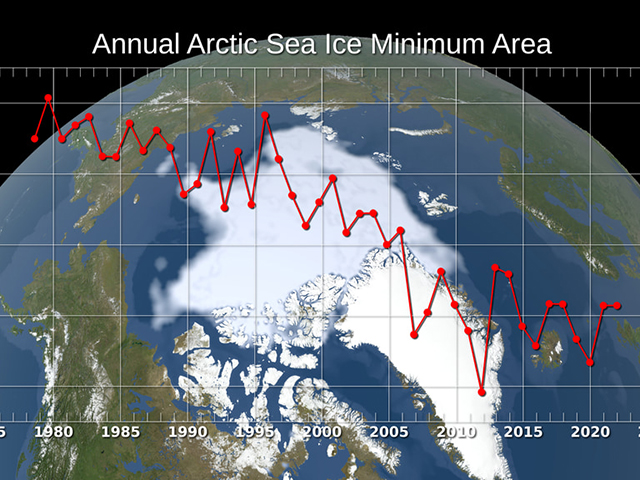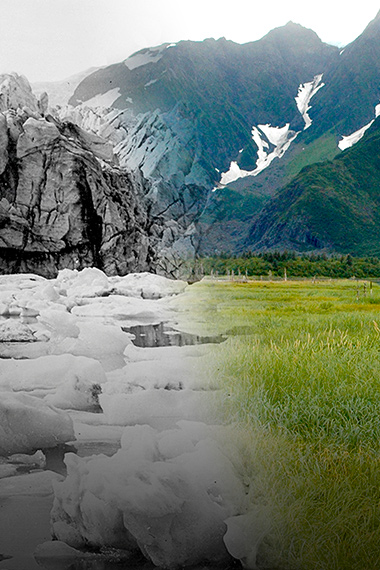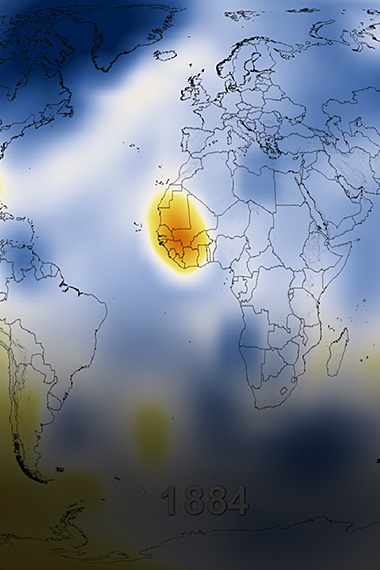MULTIMEDIA
Antarctic Land Ice Height Change as Measured by ICESat and ICESat-2
April 30, 2020
The Antarctic Ice Sheet's future response to climate change is the single largest source of uncertainty in sea level rise projections. If the ice sheet melted completely, it would raise sea levels by 57 meters (187 feet), a process that would unfold over millennia.
One key to understanding how the ice sheet could respond in the future is to observe and analyze how it reacted to climate changes over the past decades, where satellite observations are available. To understand ice sheet change, scientists can examine records of elevation change that show where the ice sheet is thinning and thickening due to a changing environment.
Recent analysis of incredibly precise surface elevations collected by NASA’s ICESat and ICESat-2 satellite laser altimeters reveals complex patterns of ice sheet and ice shelf (floating extensions of the ice sheets) change that are the result of changes in melting by the ocean, changes in precipitation and changes at the glacier's bed, where the ice sheet slides across the underlying bedrock. The researchers do this by finding locations where tracks of measured elevation intersect, measuring the change in elevation and correcting for changes in the average density of the surface using models.
This visualization depicts changes in Antarctic land ice thickness as measured by the ICESat (2003-2009) and ICESat-2 (2018-) satellites. The camera zooms into a region near the Kamb ice stream to compare ICESat and ICESat-2 beam tracks. The beam intersections are highlighted to explain how the data at these points are used to measure how land ice has changed over time. After exploring a few regions in detail, the camera moves out to a global view and an ocean temperature dataset is revealed.
Learn more here.






























